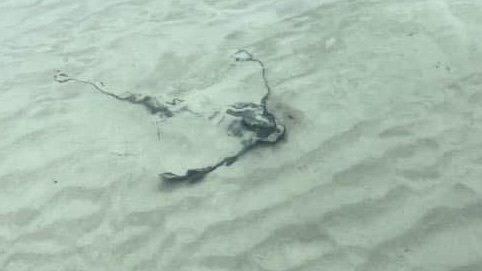
Gallery
What you are helping to protect
Pāteke
Brown teal / Anas chlorotis
In 2011, it was estimated that Pāteke numbers were as low as 1500 across Aotearoa due to their vulnerability to mammalian predators. After the mammalian pest eradication on Ahuahu-Great Mercury Island in 2014, their numbers have increased here. They are now frequently seen in wetland areas and farm ponds.
Photo by Ellen Rykers
Mercury Islands Tusked Wētā
Motuweta isolata
These wētā are only found on the Mercury Islands archipelago. They are flightless, nocturnal insects distinguishable by their large tusks. In 2021, Mercury Island Tusked Wētā were translocated to Ahuahu- Great Mercury Island. Initial findings are promising, with four males and two females found at one of the release sites in March 2023.
Photo by Pete Corson
Tīeke
North Island Saddleback / Philesturnus
Tīeke were also translocated to Ahuahu- Great Mercury Island in recent years. Unbanded birds are now numerous on the island. You’ll likely hear them before you see them- so click the play button to hear their call.
Photo by Elske Reyneke-Barnard
Raukawa Gecko
Woodworthia maculata
These nocturnal geckos eat fruit and insects. They have an estimated lifespan of 20 years!
Photo by Theo Van Noort
Coastal Copper Butterfly
Pepe para riki / Lycaena salustius
These butterflies only eat one kind of plant, called pohuehue or muehlenbeckia (pictured) which grows in many areas of the island.
Invertabrates, especially native bees and butterflies such as this one are thriving after the eradication of rats and mice.
Photo by Theo Van Noort
Northern NZ Dotterel
Tuturiwhatu / Charadrius obscurus
There are only about 2500 dotterel left across Aotearoa, and some of them are nesting on Ahuahu’s beaches! They start nesting in September and have chicks throughout late spring and summer. Please help us protect them by observing the guidelines on the ‘Visitor Requirements’ page.
Photo by Ellen Rykers
Background photo by Lana Young

Photo by Elske Reyneke-Barnard

Photo by Theo Van Noort

Photo by Elske Reyneke-Barnard

Photo by Theo Van Noort

Photo by Jamie Reyneke-Barnard

Photo by Jamie Reyneke-Barnard





